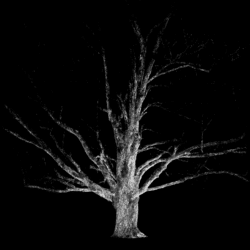Amendments to the Income Tax Act
Bill C-23, an Act to amend the Income Tax Act and a related Act, was passed in the House of Commons on December 17, 1986. This Bill covered the budget provisions of February 26, 1986 as well as other changes announced by the government prior to October 31, 1986. However, there were other amendments that were not announced previously, including amendments to section 149.1 of the Income Tax Act which covers most of the rules affecting registered charities.
There were two amendments to the Income Tax Act that specifically relate to charitable foundations but not to charitable organizations.
Firstly, subparagraph 149.1(1)(e)(iv) defines that part of the annual “disbursement quota., that is applicable in respect of the “investment assets” of a charitable foundation. That part of the disbursement quota is defined to be 4.5 per cent of the value of”investment assets” owned by the foundation in the year. Under the new provision. an “investment asset” is any property, or a portion thereof, that is owned by a foundation at any time in the 24 months immediately preceding the year for which the disbursement quota is being calculated but which is not used in charitable activities or administration. It is proposed that the 4.5 per cent factor be applied to a “prescribed amount” in respect of such “investment assets”. For this purpose, the method of calculation, and the valuation rules applicable to “investment assets”, will be provided in the Income Tax Regulations.
The second proposed amendment involves a new subsection 149.1( 1.2) which provides that, for the purposes of calculating the prescribed amount, the Minister of National Revenue may authorize a change in the number of periods chosen by a charitable foundation and may accept any method for the determination of the fair market value of investment assets.
These amendments are applicable to taxation years commencing after 1983.
Gifts of Canadian Cultural Property
In September, the Tax Court of Canada heard two cases involving gifts of Canadian cultural property. Both cases dealt with the valuation of gifts-inkind made to a particular university. The cases, Lionel Conn v. The Minister of
National Revenue (86 DTC 1669) and Abi Jack Conn v. The Minister of National Revenue (86 DTC 1682), involved donations of97 Canadian proof and specimen bank notes and a number of Byzantine coins in one instance, and a collection ofUnited States three-dollar bills in the other. In both cases, it was determined that the valuations by the taxpayers were too high while the valuations of Revenue Canada Taxation were too low, with the result that the correct valuations were held to be figures that lay between the two estimates.
M.L. DICKSON
Member, The Ontario Bar
LAURENCE C. MURRAY
Thorne Ernst & Whinney, Chartered Accountants


